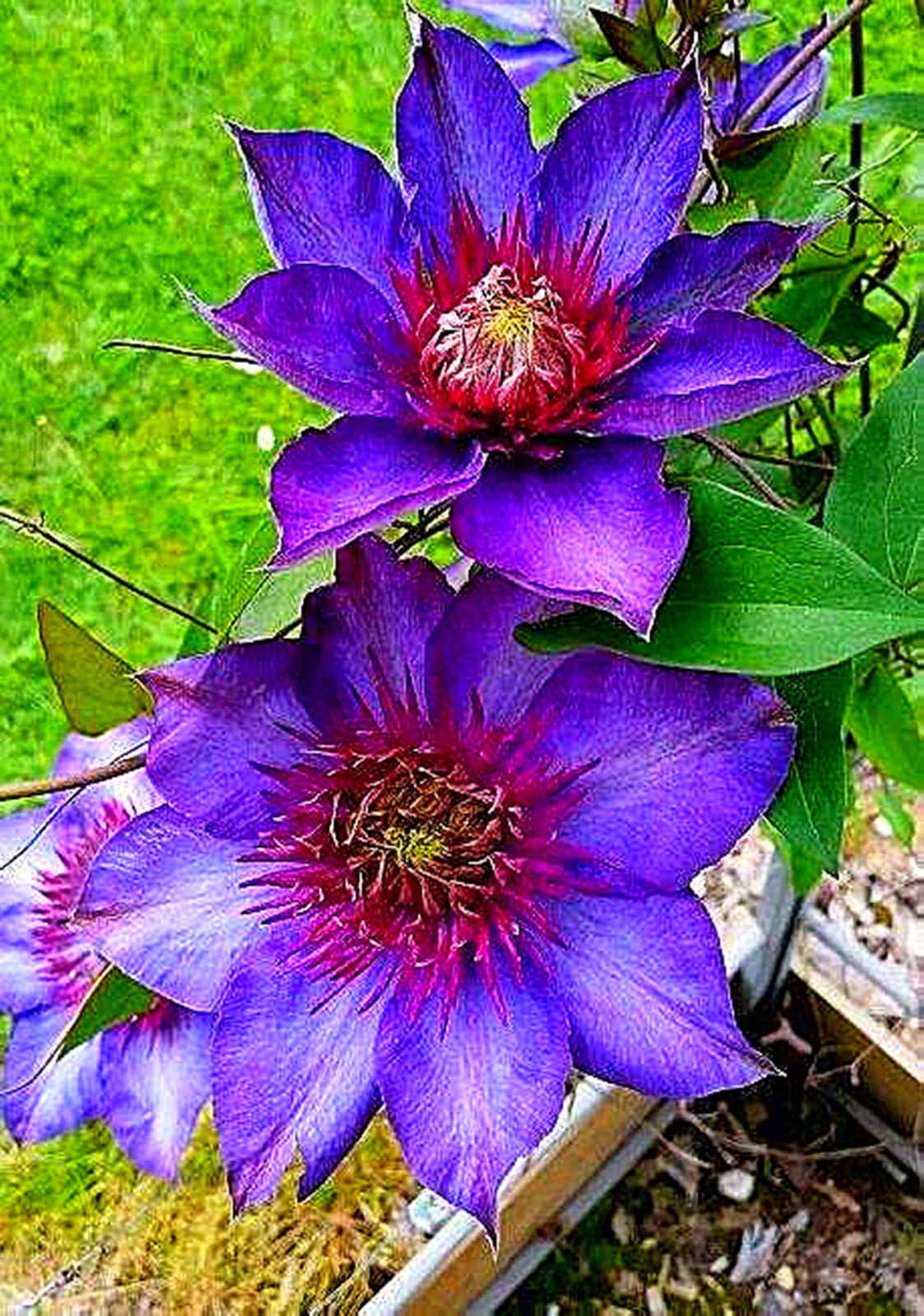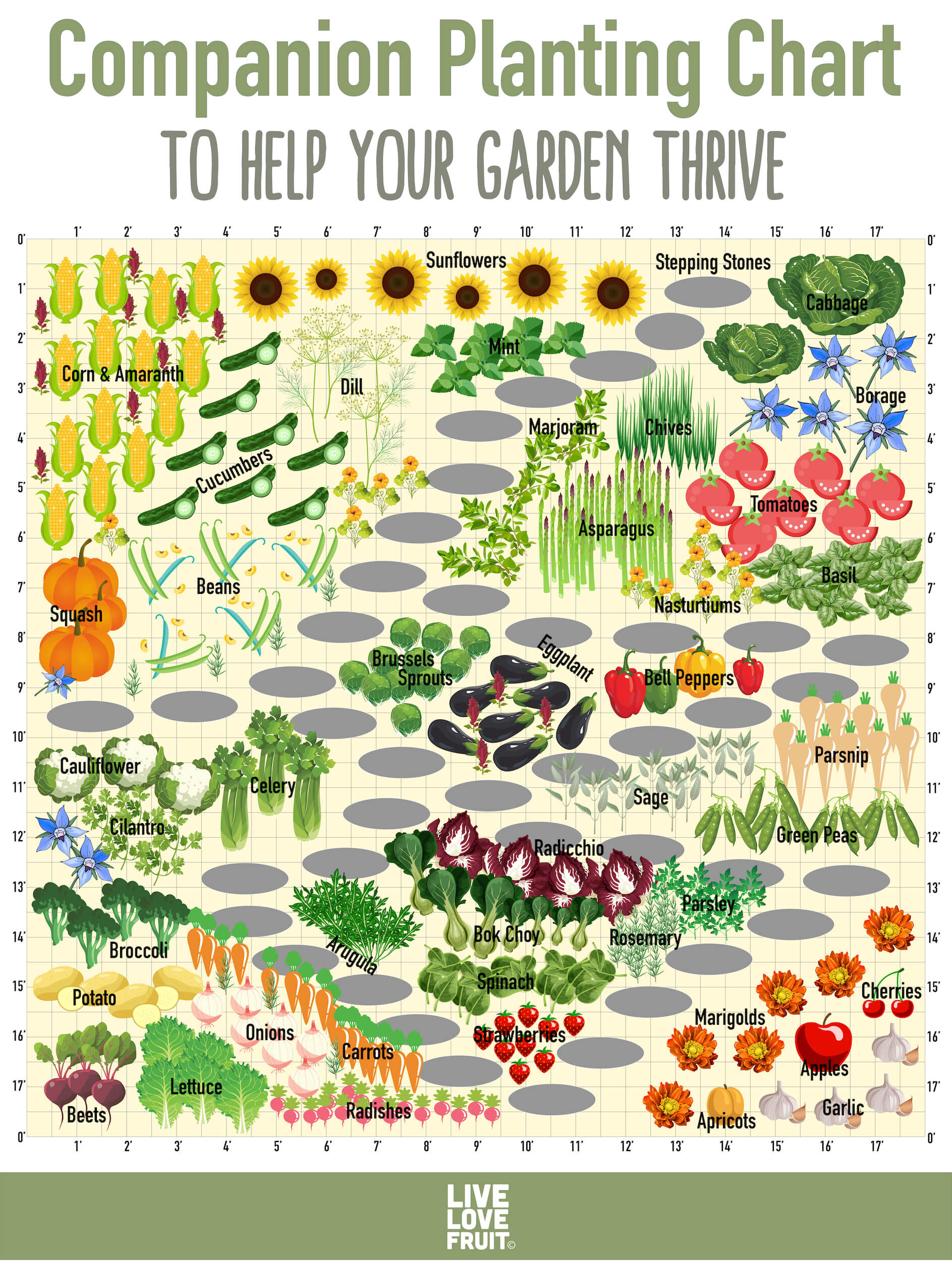The Ultimate Clematis Enthusiasts Guide: Grow, Thrive, and Inspire!

Clematis Mastery: The Insider’s System for Spectacular Vines
I’ll never forget the first clematis that turned my world on its ear. Picture a scruffy, half-forgotten back fence, battered by wind and neglect, where I dug with grim determination in 2012—only to watch ‘The President’ break into a raucous parade of indigo blooms a year later. To this day, neighbors still stop by the gate and ask for “the secret.” The truth? There isn’t just one. Instead, there’s an interconnected system—one built from failed first tries, whispered pro tips shared at society meetings, and field-tested shortcuts that get results nobody else talks about. If you want to join the ranks of true clematis whisperers—this is for you.

Grab your sharpest secateurs and something cold to drink; let’s unravel the mastery blueprint together.
PART 1: The Clematis Mindset Shift — Patterns Before Prescriptions
You meet a thousand guides that say: “Choose carefully. Prune by group. Feed and protect.” But I’ll tell you what cracked everything wide open for me: seeing patterns instead of isolated tips.
Here’s how legacy growers think:
- They don’t memorize which plant gets what treatment—they map every variety to its spot and systematize care.
- They design redundancy: every plant gets at least two routes (shade/mulch OR understory cover; main trellis AND emergency hooks).
- They document variables—soil pH tests every autumn and a wall calendar annotated with first/last bloom dates.
This repeated pattern-watching lets them make micro-adjustments that turn good seasons spectacular—or salvage disasters mid-stream.
Shortcut Insight #1:
Write each clematis' name + group + sun hours + support used on a plastic label at planting—and add annual notes in permanent marker.
Trust me—five years down the road, memory will betray you!
PART 2: Building Your Clematis System — Structured from Day One
Let me walk you through my personal system—a flexible scaffolding any enthusiast can copy or adapt:
Step 1: Zero Regret Plant Selection (The Climate Compatibility Hack)
Most heartbreak happens before root ever touches soil. After years of trying “must-have” cultivars I saw on Instagram—only to lose them to our whiplash winters—I finally caved and started hunting for data instead of dreams.

Here’s how to shortcut disappointment:
- Ignore catalog hype: Look up bloom/failure reports from local Facebook groups or try-out gardens.
- Use trial datasets (like UW-Madison Horticulture’s annual survivors list) if available for your region.
- For small spaces/containers: Favor compact integrifolias (‘Arabella’), while big-impact arbors thrive under montanas or late viticellas (‘Polish Spirit’ boasts supercharged vigor—even after -30°C Canadian winters).
Dialogue Timestamp: March 2019
Me: “Has anyone overwintered ‘Alionushka’ north of Saskatoon?”
Local mentor: “As long as you bury it an extra knuckle deeper than usual—and wrap burlap around the trellis base—you’ll make it through every time.”
Step 2: Site Preparation Like a Pro — Double Dig & Drainage Dowsing
Here’s the dirty secret most skip over: Most garden failure comes down to six inches of lousy preparation.
To this day, I keep a trowel with colored marks at 6" and 10" depths in my gardening kit solely for these holes.
The System:
- Dig deep—but also wide: Hole should be twice as wide (no less than 20”) and at least 12” deep.
- Drain Test: Fill hole with water; if not drained out in under an hour, mix half-bucket coarse grit or PermaTill into backfill.
- Base Strategy: Drop half-shovel compost directly in planting hole; top up remaining root zone with equal parts native soil plus composted bark fines (not peat!).
- Build-in Cooling: Before planting a single vine, set out flat stones or plant low perennials like Hardy Geranium directly south of vine base (“feet in shade” by design, not wishful thinking).
Result? Two years running with zero wilt—even after record-breaking July heatwaves.
Step 3: Support Structures That Never Fail
When most people grab whatever wire is handy—I invest twenty minutes upfront installing stainless mesh panels anchored into brickwork or fence posts by concrete screws. My original wooden obelisks rotted inside four years; steel wire fencing has outlived two border collies.
Pro shortcut:
Pre-string trellis wires horizontally four inches apart before planting anything—so you never fumble around delicate shoots later. Add green vinyl-covered twist-ties from Parafilm (cheaper in bulk online). This gives the illusion of natural spiraling but spares stems undue strain when storms roll through.
Step 4: Calendarized Care — Sync Tasks With Growth Phases
Every successful year starts on paper—not in the beds themselves.
Sample Master Schedule (actual snapshot from my own logbook):
| Month | Action | Fast Tip / Tool |
|---|---|---|
| February | Check support integrity | Replace rotten ties |
| March | pH test & soil amendment | Add sulfur if >7 |
| April | Begin watering newly leafing plants | Drip stakes set |
| Mid-April | Group 3 pruning (down to lowest buds) | Felco #2 secateurs |
| May | First fertilizer application | Tomorite @ half-rate |
| June | Tie up new growth as needed | Extra ties always nearby |
| July | Top-dress with mushroom compost | Mulching fork |
| August | Deadhead + magnesium foliar spray | Epsom salts, diluted |
| October | Final mulch layer | Rake & apply pine needles |
PART 3: Advanced Techniques That Create Standout Displays
After learning basic care mechanics comes optimization—the difference between pleasant vines...and those that churn out armloads of blooms so dense you have to physically duck beneath the archways.

Secret #1 – Pruning Layering Tactics
Forget rigid rules! Within each pruning group there are variants:
The Hybrid Approach – For Maximum Flower Coverage
- Group 2's often perform better cut halfway back rather than drastic top-to-bottom light trims.
- Start by choosing alternating stems each winter; prune some hard (to lower strong buds), others leave semi-long.
- Result? Multi-tiered blooming that begins low and ladders upward weeks apart—an effect audiences swear is one massive “superbloom.”
This was shareware advice from Eileen H., former Wisley trial garden head gardener circa RHS symposium, Summer 2020—it ended my patchy flower blues permanently!
Secret #2 – Soil Tuning for Hypercolor Blooms
Five years ago I ran side-by-side trials using different amendments beneath five identical ‘Ville de Lyon’. Every bed got similar feeding except:
- Plot A added pure-compost mulch,
- Plot B got monthly tomato food,
- Plot C received periodic wood ash,
- Plot D included pine needle surface dressing,
- Plot E was unchanged control...
By mid-summer:
- Tomato food rows boasted bigger and more vivid-than-catalog reds (+18% more blooms per square foot compared to control).
- Needled plots had darker foliage into September without leaf scorch during heatwaves.
Shortcut takeaway:
Combine mid-season liquid potassium feed plus autumn leaf litter/pine needle mulch = marathon-quality performance AND healthier roots come spring thaw.
Secret #3 – Propagation Wizardry WITHOUT Expensive Equipment
People assume starting new vines means high-end greenhouses—or lots of deadwood failures. Personally? More than half my collection came via budgeting tricks discovered during unemployment back in 2016...
Minimum Fuss Air-Layering
For every sprawling stem near ground:
- Remove two leaves mid-stem; scrape bark very gently until light green is visible.
- Wrap scraped section with handful damp sphagnum moss.
- Secure loosely with kitchen clingfilm + twist-tie both ends.
- In eight weeks—after regular mist checks—you’ll spot white roots wriggling within!
- Snip stem just below roots and pot up as normal.
This shortcut works even when traditional cuttings fail during muggy summers—a perfect hack if your humidity hovers above 80%.
PART 4: Troubleshooting Matrix — Rapid Recovery Protocols From Real Disasters
The difference between novices who lose plants overnight...and longtime enthusiasts who recover lost ground? Rapid action rooted in experience:
Wilt Strikes Overnight? Here’s My Battle-Tested Drill
Backstory—August heatwave three years ago saw six-year-old ‘Guernsey Cream’ collapse entirely after one freak windstorm split its crown…
Quick dialog exchange that morning:
Neighbor Dan: “Tear it out now—it won’t come back.”
Me: “Wait on it.”
Cut all drooped foliage off immediately below affected nodes; sterilize shears each pass; mound damp compost around new shoot nubs exposed at crown level; shield area from direct sun three days solid using overturned flowerpots poked full of holes (old trick learned from grandma M.). By next month—all but one stem regrew stronger than ever!
Around here we call it “rescue crowning”—and it beats starting over any day.
PART 5: Expert-Level Design Magic — Orchestrating Year-Round Drama
If color theater is your goal rather than botanical correctness alone...try these unexpected pairings straight from show-garden playbooks:
Bloom Sequence Stacking
Combine early montana cultivars overhead (imagine February scent floods!) while threading late-flower hybrids like ‘Romantika’ at chest height for lingering autumn grandeur underneath—all on the same structure! Using carefully mapped grid supports lets vines share space without strangling one another come peak flushes.
Pro tip: Thread Italian sweet peas beside spring-blooming types for fragrance + pollinator traffic jam...
Biocontrol Companion Planting
Flank bases of clematis beds with calendula (pot marigold) or French marigold specifically—not just random annuals—to drive away nematodes and draw aphid-predators through midsummer gluts naturally without resorting to harsh chemicals.
PART 6: Tracking Progress Like an Elite Grower
Set yourself apart instantly by keeping digital journals—with photos snapped monthly before/after major tasks noted:
Tools?
- Microsoft OneNote notebooks tagged per cultivar/year
- Free Google Sheets bloom date log (color-code red <–> blue across columns)
- Pocket digital pH reader ($14 on eBay)
Documentation arms you not only against future setbacks—but helps win club prizes (“most improved display,” twice now!).

PART 7: Community Wisdom & Stepping Beyond Solitude
Shortcuts multiply when shared—from online Discord chats ("#clematistips superthread," January '24) to backyard coffee circles where someone always brings a rogue seedling ready for rehoming...
A few must-bookmark gems:
- Felco #2 pruner owner forums—the ultimate maintenance hacks (“re-oil once per season,” trust me!)
- Redmond Soil Lab test reports—they showed me exactly why pH tweaks actually matter here vs other towns even five miles away
- Brushwood Nursery video tutorials—still unbeaten clarity on advanced layering
- British Clematis Society webinars—not just theory but practical demos filmed live even during COVID lockdowns when hands-on lessons were rare gold dust
But don’t underestimate real-world network effects—a quick question at Saturday’s market stand unlocked shortcuts faster than thirty Google searches could've managed last time our alpine varieties stalled mid-May frost...
Quick Mastery Checklist — Ready-to-Try Shortcuts Today
- Write every plant name/group/location/support method ON durable labels at ground level
- Audit support systems annually pre-season—even indoors!
- Log pH numbers each year along with feeding schedule tweaks
- Pre-order fresh mulch/dolomite lime/Potash ahead before peak season price hikes
- Try air-layering next time stems brush ground (you'll double favorites nearly free)
- Exchange propagation successes/cuttings locally…legacy swaps build community fast!
- Document everything—forgiveness beats perfectionism; nothing replaces learning via mistakes-out-loud among friends
Here’s what separates mastery from dabbling:
Not simply following old advice—but adapting techniques unapologetically until your vines teach YOU their quirks loud enough that others start asking_“But how did YOU do it?”_
If clematis taught me anything—it’s that stubborn joy flourishes wherever patient hands meet creative workarounds…again and again across seasons filled simultaneously with heartbreaks AND riotous blooms hanging heavy all around us come late spring rains…
So tomorrow morning, step outside early, secateurs ready—and listen close as leaf stems curl along wire like secrets waiting only for their right moment…and right champion…to shine brighter still.
What story will your clematis tell this year?
If you put even one shortcut above into play—or invent one worth spreading—the next person who stumbles down your garden path may leave intent only on finding flowers … but carry home something far rarer still: permission to become an expert by delightfully messy degrees themselves.




